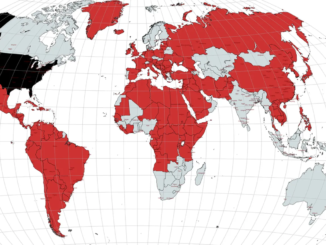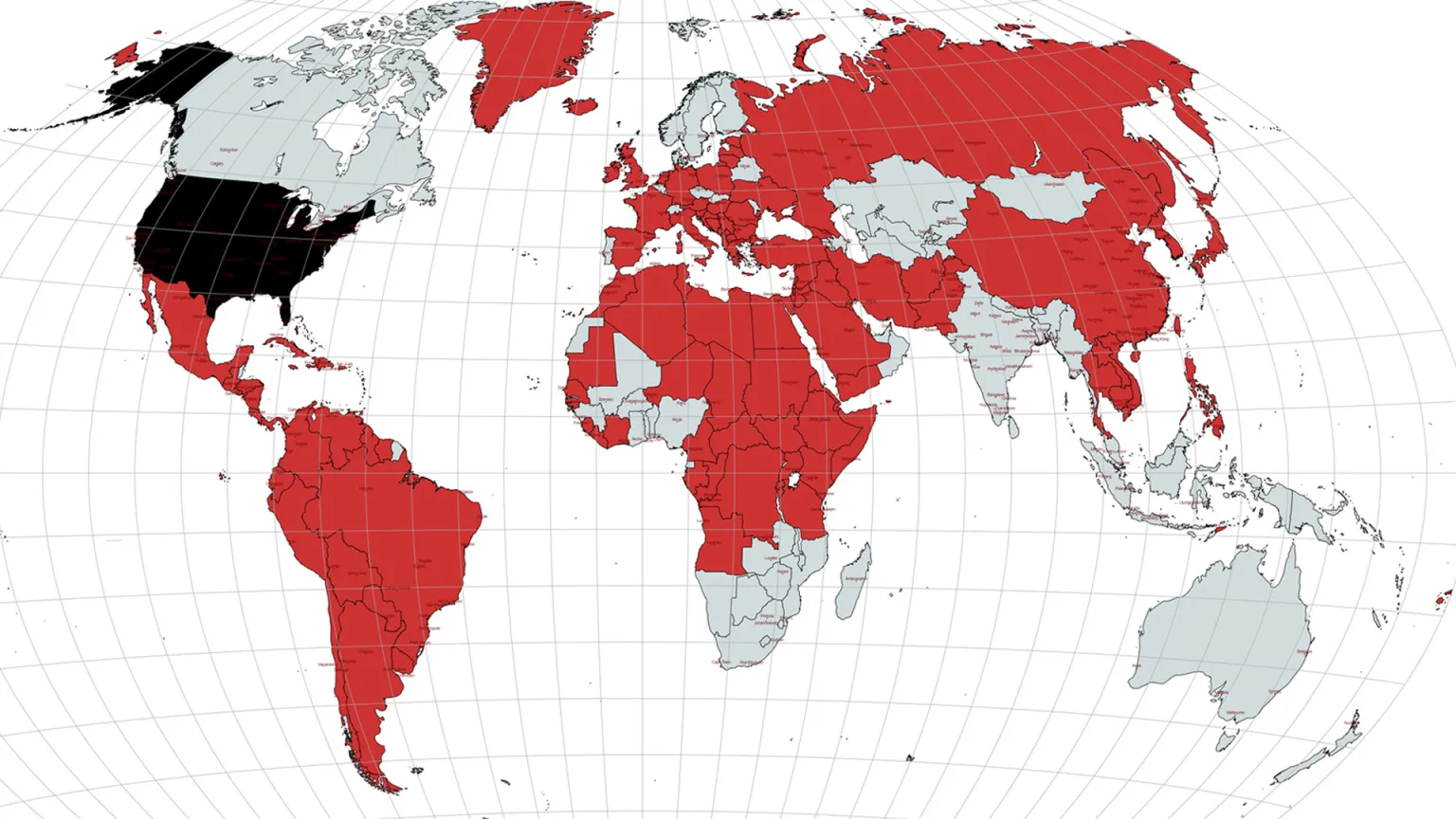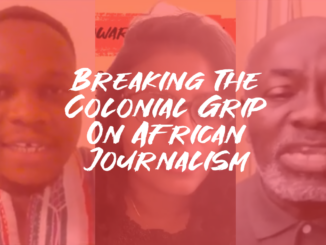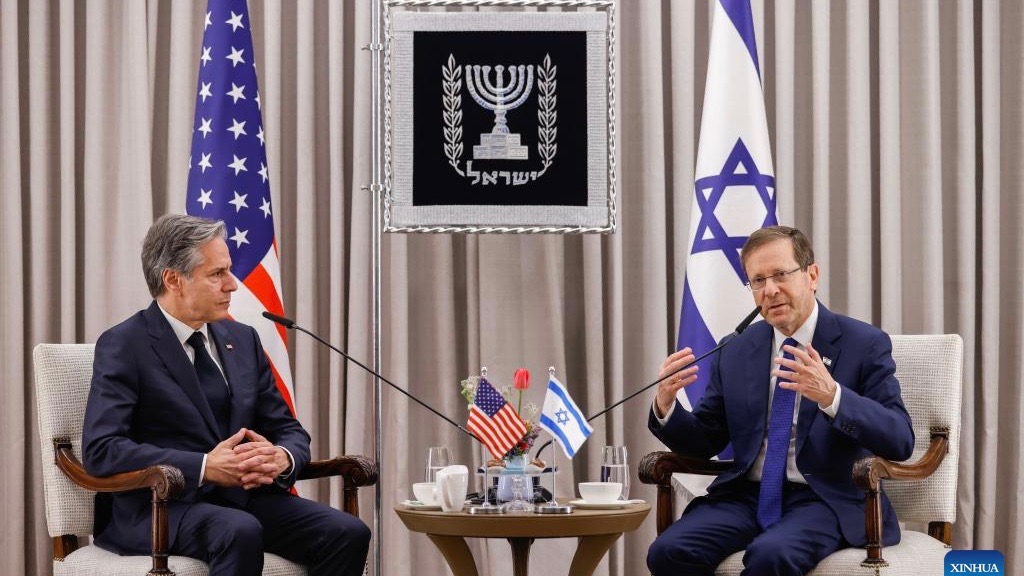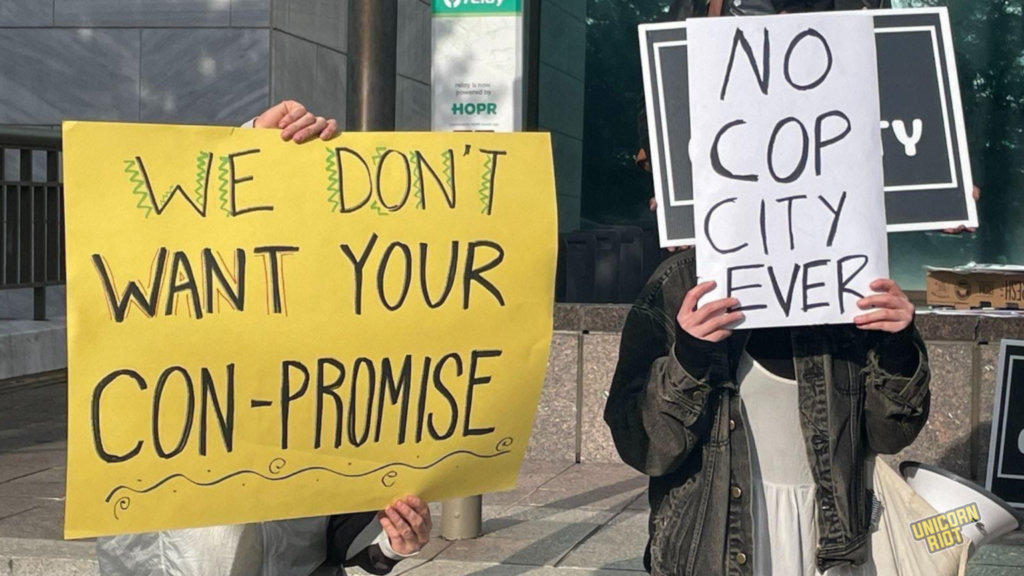
Editor’s Note: This article originally appeared in Unicorn Riot.
ATLANTA, United States—Atlanta Mayor Andre Dickens announced Tuesday that the City of Atlanta and DeKalb County have reached an agreement regarding permitting issues that had previously slowed their plans to build an elaborate 85-acre police training facility in the middle of a forest in unincorporated DeKalb County, southeast of Atlanta. The training center, nicknamed “Cop City,” has sparked massive opposition; violent police repression of the movement against the project recently led to SWAT officers shooting and killing a protester.
Dickens’ announcement varied little from the Atlanta Police Foundation and the City of Atlanta’s previously stated plans. However, apparently responding to criticism from environmental groups and community members, the mayor attempted to reframe the project as environmentally beneficial to the South River watershed and surrounding forest.
“I know there have been questions about the environmental impact of this project, which is a focus of this agreement we’re announcing today with DeKalb County,” said Dickens. “The 85-acre facility will be constructed on a set of parcels owned by the city of Atlanta that totals more than 380 acres. The rest of the land, which is roughly 300 acres, will continue to be green space available to the public.”
Dickens claimed that the area slated for destruction by the city contains only “invasive species, soft woods, weeds, asphalt and rubble.” But those who have been to the forest, including several Unicorn Riot contributors, know that the 85 acres slated for destruction contain an actual, thriving ecosystem.
The mayor has deemed this new plan a “compromise,” but those protesting outside the press conference say no compromise has been reached with them.
“The city has lied about the Cop City acreage before,” wrote some of the protestors in a statement released by the Atlanta Community Press Collective. According to the group, the 85 acres includes only the footprint of buildings, not the entirety of forested acreage that will be destroyed by the project.
“In August 2021, when Atlanta City Council delayed their vote on Cop City, the APF claimed a similar ‘compromise:’ instead of clearing the 381 acres they are leased by the City of Atlanta, the APF would reduce the footprint of buildings and impermeable surfaces to only 85 acres, while more of the land would be cleared and turned into turf fields, shooting ranges, horse stables labeled ‘green space.’”

Jasmine Burnett, with Community Movement Builders, said that her group is not assuaged by promises of “green space” either.
“Our firm line is no cop city anywhere,” said Jasmine Burnett, Organizing Director at Community Movement Builders. “No destruction of the forest at all. I know, they’re trying to harp on the fact that it’s only 85 acres. And allegedly, the rest will be left for public use. But that’s 85 acres too much.”
“We are also calling for the charges to be dropped against all of the protesters who’ve been charged with any crimes, but especially the domestic terrorism charges,” said Burnett. “So yeah, ultimately, the fight to stop cop city continues beyond today, nothing has really changed except for the fact that they at the last minute made all of us come over here for a last minute press conference.”
Jaike Spottedwolf, who was also protesting outside City Hall during the press conference, echoed the concerns that the city continues to lie about the project. “We know how they operate,” they said. “We know that they’re going to get in there, start building and then take the whole thing down at that point, we won’t be able to fight anything.”
In the anonymous press release posted by the Atlanta Community Press Collective, the authors also pointed out that neither this current promise, nor past promises, have been legally binding. Those opposed to the project are concerned it could be nothing more than a ploy to distract opposition to the project.
“Nothing in the lease agreement was binding regarding this promise, and quickly the land disturbance permits shifted — nearly doubling to 171 acres,” the group wrote of the previous deal.
“Like all other points of ‘compromise,’ this has proved empty rhetoric to cover over the undemocratic railroading of this project on to un-represented, disenfranchised residents of Atlanta and Dekalb County. This is more backroom talk between powerful elites and their dark money contributors.”
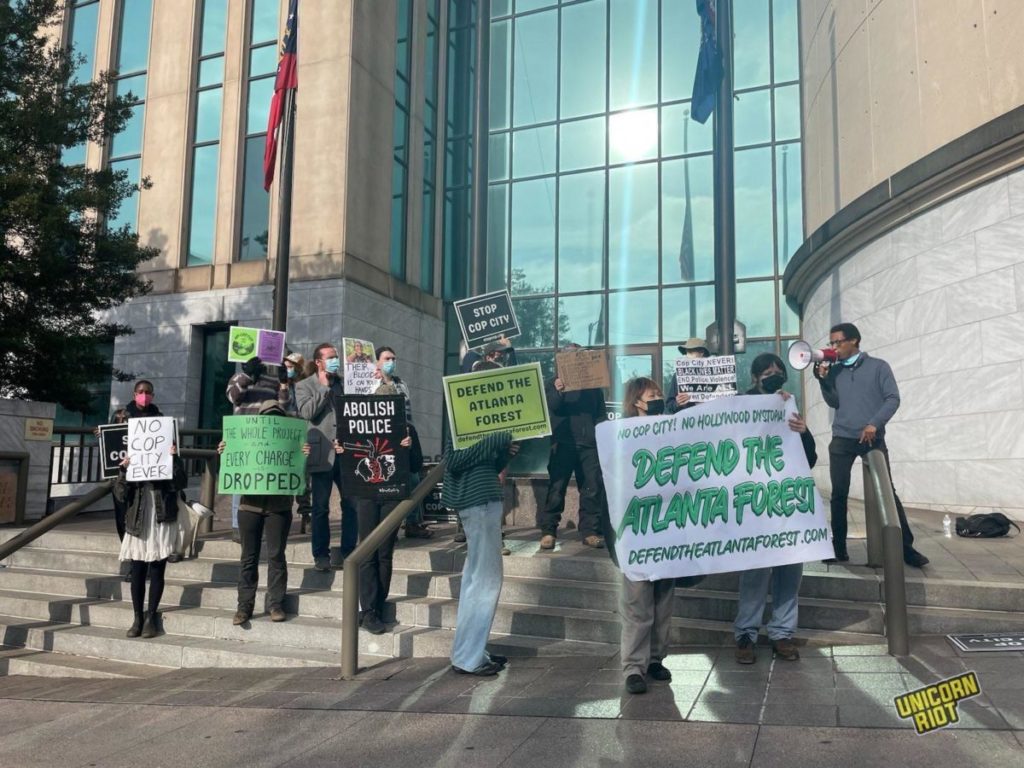
The announcement comes less than two weeks after police shot and killed forest defender Manuel “Tortuguita” Terán, claiming that Terán had shot an Georgia State Patrol trooper in the abdomen during a raid on the forest. Activist groups, however, have called that narrative into question, demanding the release of all information available on the incident to the family for an independent investigation. The trooper who killed Terán has not been named. Protest groups are demanding the release of his name.
During the press conference, neither the politicians nor the police chief mentioned Terán’s killing.
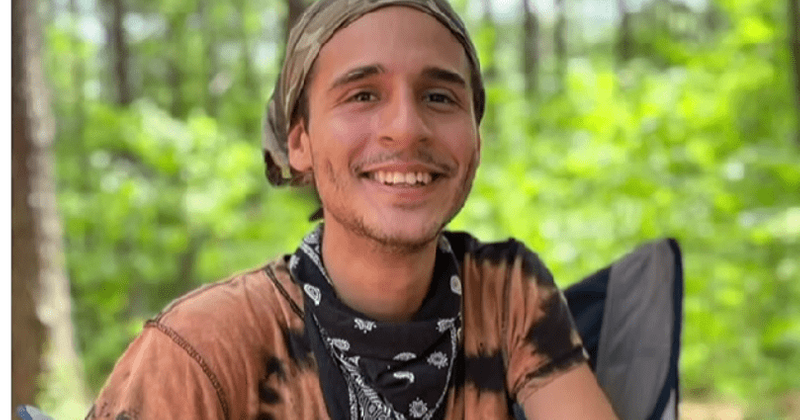
Recently, more than 1,300 climate justice groups have signed a statement calling for the immediate resignation of Mayor Dickens amidst growing controversy over the cop city project and Terán’s killing, according to the Atlanta Community Press Collective.
The ‘green space’ and eco-management aspects of the plan are not new innovations or concessions, but were presented by engineers in an October 26, 2021 meeting of the Community Stakeholder Advisory Committee (CSAC). (Recordings of CSAC meetings were first obtained and released by the Atlanta Community Press Collective).
In the October 2021 meeting, Lily Ponitz, a former environmental engineer serving on the committee as a concerned local resident, told the committee that areas slated for use as public parks include contamination that the Atlanta Police Foundation and the city of Atlanta instructed environmental contractors to ignore – allegations that were not challenged by either hired engineers on the call or the leaders and police officials on the committee. Ponitz was later unceremoniously kicked off the advisory committee due to her dissent regarding elements of the project.
Advisory Committee Chair Alison Clark, who was instrumental in removing Ponitz for her critical comments, is also President of the Boulder Walk Homeowner’s Association.
Here are comments from an exchange from October 21, 2021 meeting of the Atlanta Public Safety Training Center (APSTC) Community Stakeholder Advisory Committee (CSAC):
Bob Hughes [Project Manager working with Atlanta Police Foundation]: And I think it’s important to point out, because I know last time we there was some express about concern of making sure if there’s an environmental issue that needs to be cleaned up, that it’s addressed, that that this environmental study is not just inside the 85 acres that are the Police Foundation lease land, but we’re looking at everything outside of that so that, you know, if there’s something there, we want to know it.
And I think you all want to know, we all want to know that gets cleaned up.
Lily Ponitz: So that’s just where I actually don’t think what you’re saying is true. And I would like to see on a map exactly what areas you are defining in your environmental site assessment and what areas are in the plan for the site plan.
Alan Williams [Project Manager, Atlanta Police Foundation]: Well, our Phase One is in the public right now.
Lilz Ponitz: Yeah, I know. I’ve read it.
So what I’m saying is, there are areas in the site that you guys left out investigating and I understand APF [Atlanta Police Foundation] told you to do that or the city of Atlanta told you to do that. They’re your client. But what I’m trying to advocate for is a full assessment of the whole property to actually understand the contamination that has been put on the site by the City of Atlanta so that when you open up park spaces that have not been remediated we don’t have citizens who are coming into contact with contaminated soil and contaminated water like they already have been, honestly, with Intrenchment Creek. So that’s that’s just where, you know, really to prove what you’re doing, to prove that this is due diligence in the eyes of the concerned citizen. I’m asking for maps that show what areas did you leave out…?

